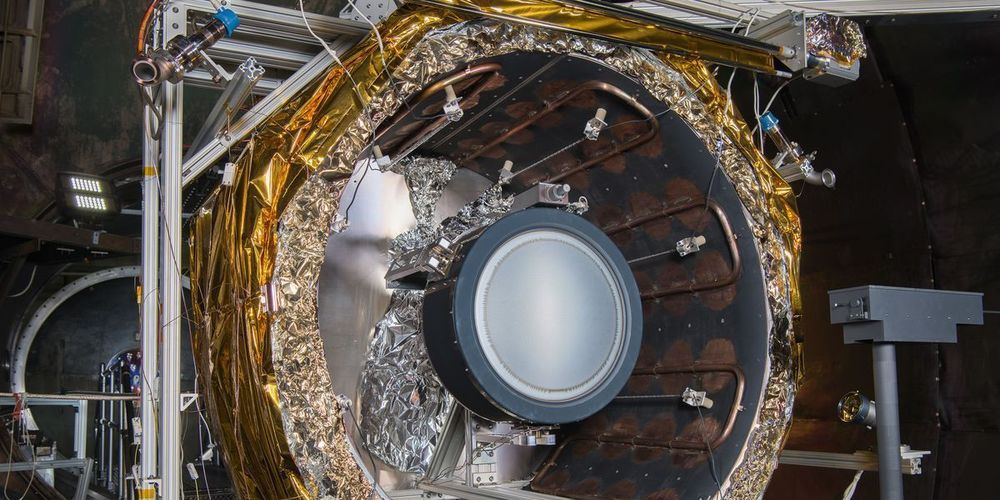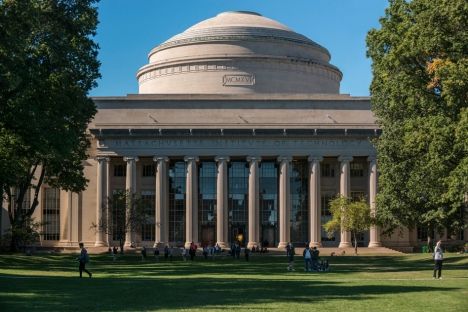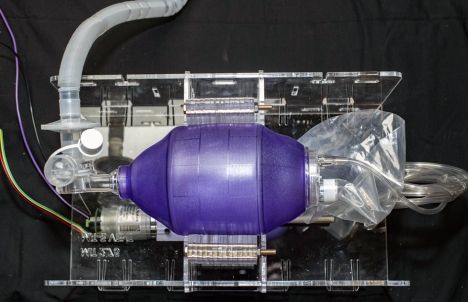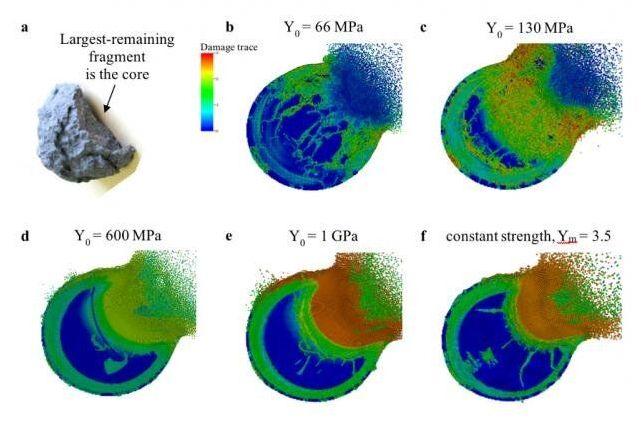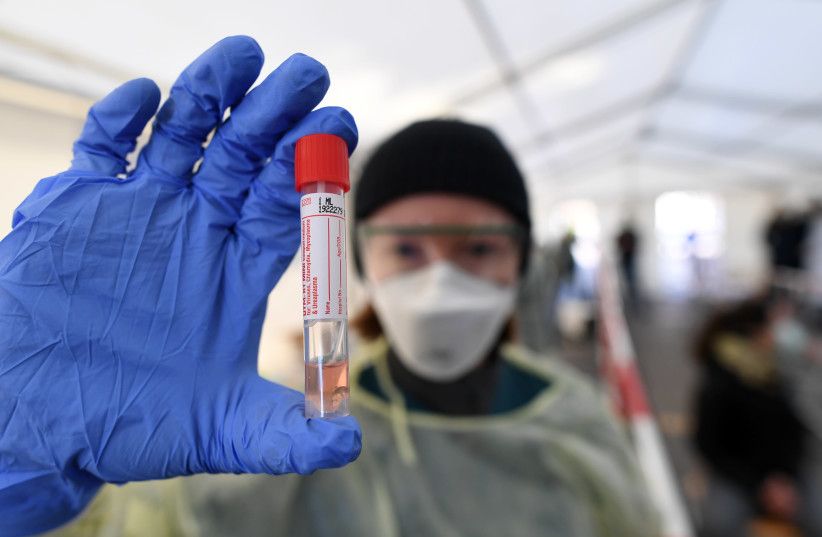Didymos, a 2,650-foot-wide asteroid, has an atypical cosmic companion— a 535 foot-wide satellite named Didymoon (10). These new two celestial bodies are not making a dangerous rendezvous with Earth, but they do provide an interesting opportunity for an apocalyptic dress rehearsal. NASA and ESA’s Double Asteroid Redirection Test (DART) will head to Didymos, to knock Didymoon off course. Along with its six picture-snapping Italian Space Agency cubesats, the mission will also send a follow-up ESA spacecraft named Hera to definitively answer if we can manipulate the trajectory of Earth-bound asteroids.
